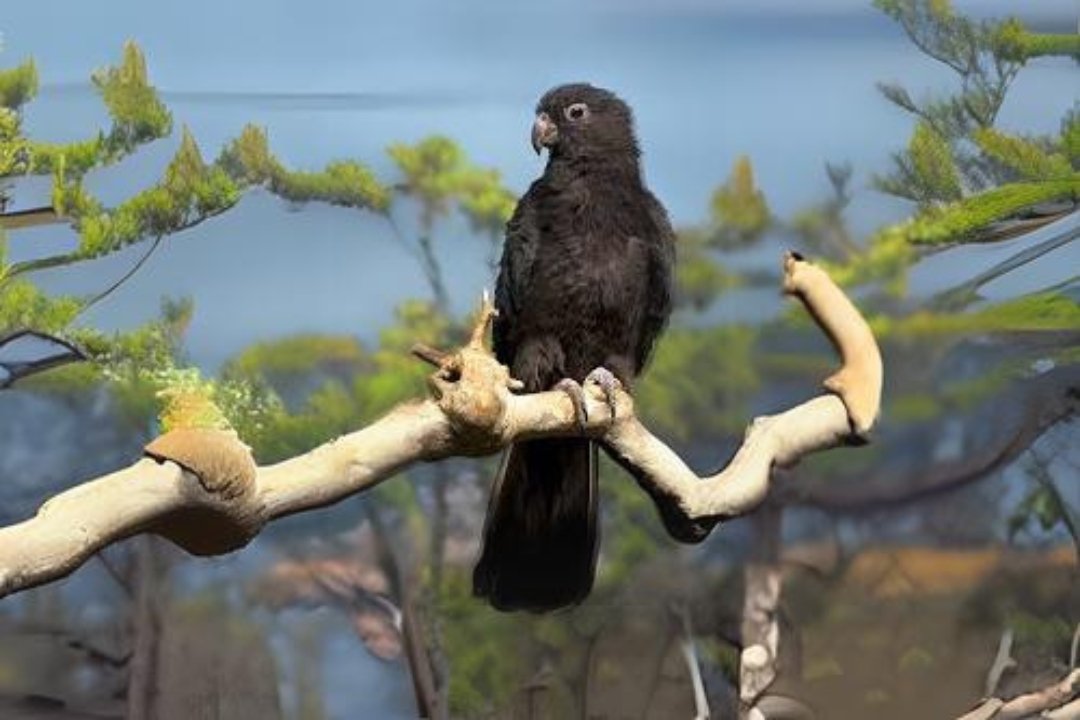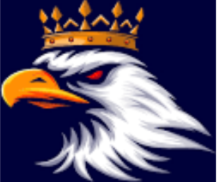Introduction to the Lesser vasa parrot
The Lesser Vasa Parrot, scientifically known as Coreopsis nigral, is a captivating species native to Madagascar and nearby islands in the western Indian Ocean. Renowned for its glossy black plumage, distinctive long tail, and social behaviors, this parrot species holds both ecological significance and cultural importance.
This article aims to delve deeper into its taxonomy, natural history, behavioral traits, conservation status, and the efforts being made to ensure its survival.
Taxonomy and Classification
The Lesser Vasa Parrot belongs to the family Psittacidae and genus Coreopsis, which includes two recognized species: Coreopsis nigral (Lesser Vasa Parrot) and Coreopsis vasa (Greater Vasa Parrot).
These parrots are classified under the order Psittaciformes, placing them among a diverse group of birds that also includes cockatoos, lorikeets, and macaws.

Geographic Distribution
Native to Madagascar, the Lesser Vasa Parrot inhabits a range of habitats across the island, from dense rainforests and woodlands to open savannas and agricultural areas.
Its distribution extends to nearby islands such as the Comoros, where it adapts to varying ecological conditions influenced by seasonal changes and human activities.
Physical Characteristics
The Lesser Vasa Parrot is characterized by its predominantly black plumage, which exhibits a glossy sheen under sunlight. Males and females generally appear similar, although subtle differences in size and coloration may exist.
It possesses a robust, curved bill ideal for cracking open seeds and nuts, along with zygodactyl feet that facilitate climbing and grasping.
Feeding Ecology
As a primarily herbivorous species, the Lesser Vasa Parrot feeds on a diverse diet of fruits, seeds, nuts, and occasionally flowers and buds. Its foraging behavior contributes to the dispersal of seeds across its habitat, promoting the regeneration of plant species and maintaining ecosystem health.
The parrot’s ability to exploit a variety of food sources underscores its adaptability to different environmental conditions.

Social Behavior and Reproduction
Lesser Vasa Parrots are highly social birds that often form small to medium-sized flocks outside of the breeding season. During courtship displays, males exhibit elaborate behaviors such as aerial flights, vocalizations, and displays of plumage to attract potential mates.
Nesting occurs in tree cavities or abandoned woodpecker holes, where females incubate the eggs while males provide food and protect the nest from predators. Both parents actively participate in feeding and caring for the hatchlings until they fledge and become independent.
Conservation Status
The conservation status of the Lesser Vasa Parrot is of concern due to ongoing threats such as habitat loss, deforestation, and human encroachment into its natural habitats. These factors contribute to population declines and fragmentation, impacting the species’ ability to sustain viable breeding populations across its range.
The parrot is listed as “Near Threatened” on the IUCN Red List, highlighting the need for targeted conservation efforts to mitigate threats and ensure its long-term survival.

Conservation Efforts and Initiatives
Conservation efforts focused on protecting the Lesser Vasa Parrot encompass habitat conservation, establishment of protected areas, and implementation of sustainable land-use practices.
Collaborative initiatives involving local communities, NGOs, and government agencies aim to raise awareness about the parrot’s ecological importance and promote conservation stewardship.
Captive breeding programs and research studies play vital roles in studying population dynamics, genetic diversity, and disease management to support species recovery efforts.
Cultural Significance
In Malagasy culture, the Lesser Vasa Parrot holds symbolic significance and may feature in local folklore, myths, and traditional ceremonies. Its presence in natural landscapes serves as a cultural keystone, reflecting connections between communities and their environment.
Efforts to integrate cultural perspectives into conservation strategies foster community engagement and empower local stakeholders to participate in conservation efforts.

Research Advances and Future Directions
Recent advancements in research technologies, including genetic analysis, satellite tracking, and ecological modeling, provide valuable insights into the behavior, habitat requirements, and conservation needs of the Lesser Vasa Parrot.
Future research priorities include studying habitat connectivity, assessing climate change impacts, and implementing adaptive management strategies to safeguard parrot populations in the face of evolving environmental challenges.
Conclusion
In conclusion, the Lesser Vasa Parrot exemplifies the delicate balance between biodiversity conservation and cultural heritage in Madagascar. By prioritizing collaborative conservation efforts that address habitat loss, mitigate threats, and engage local communities, we can ensure a sustainable future where this charismatic species thrives in its natural habitat.
Protecting the Lesser Vasa Parrot not only benefits its population but also preserves the ecological integrity of Madagascar’s unique ecosystems for generations to come.
This expanded article offers a comprehensive exploration of the Lesser Vasa Parrot, integrating scientific insights, conservation challenges, cultural significance, and the importance of research and conservation efforts.
Each section can be further enriched with specific examples, case studies, expert interviews, and relevant data to provide a detailed understanding of this captivating parrot species.

